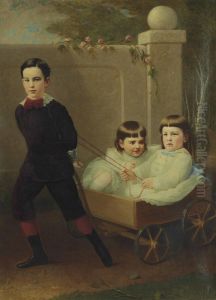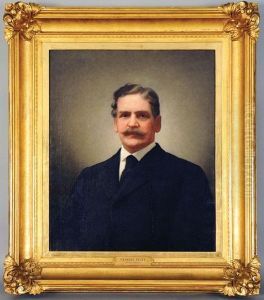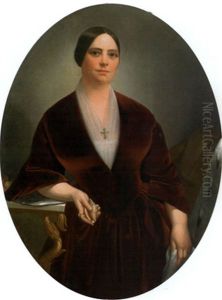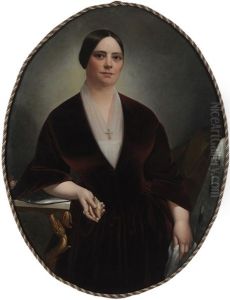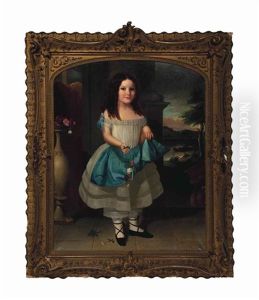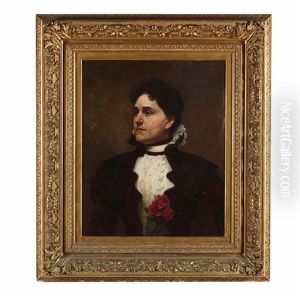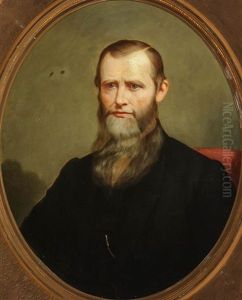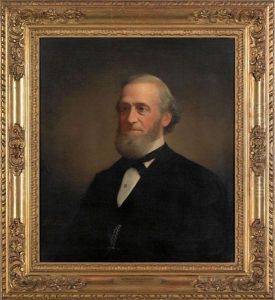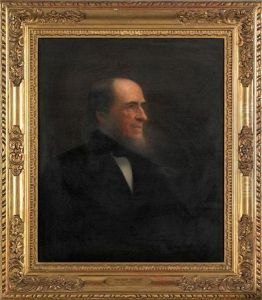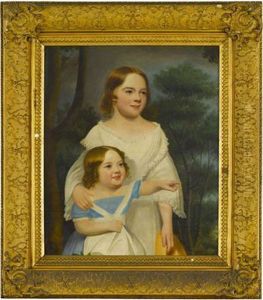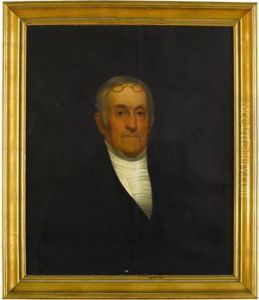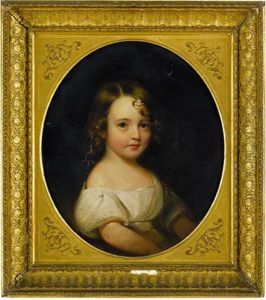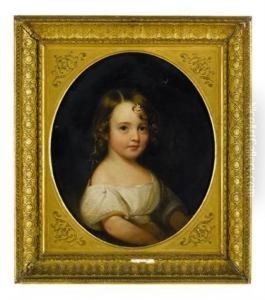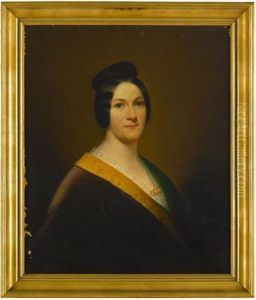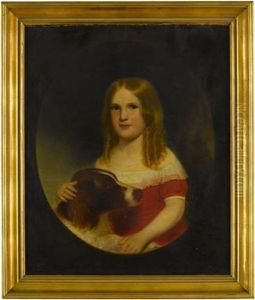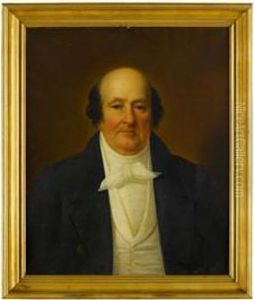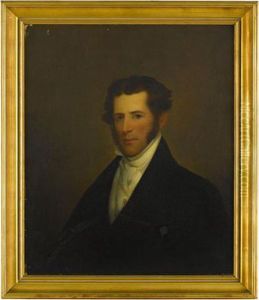Jared Bradley Flagg Paintings
Jared Bradley Flagg was an American painter born on June 17, 1820, in New Haven, Connecticut. He was part of a family deeply involved in the arts; his brother, George Whiting Flagg, was also a renowned painter, and they were nephews of the notable history and portrait painter Washington Allston. This artistic lineage provided Jared with a rich environment that nurtured his talents from a young age.
Flagg showed an early inclination towards painting and was particularly influenced by the religious and historical themes prevalent in the early 19th century American art scene. He pursued his artistic education with dedication, although detailed records of his studies are somewhat sparse. It is known that he spent a significant portion of his career in New York City, where he became an active member of the artistic community, contributing to the burgeoning American art movement of the time.
Throughout his career, Flagg was known for his portraits and religious paintings. His style was characterized by a meticulous attention to detail and a profound ability to capture the emotional depth of his subjects. He was adept at both oil painting and watercolor, and his works were celebrated for their realistic portrayal and sensitivity.
One of Flagg's most notable works is a portrait of Elias Hicks, a prominent Quaker preacher, which exemplifies his skill in capturing the essence of his subjects. Despite his considerable talent, Flagg did not achieve the same level of fame as some of his contemporaries. Nevertheless, his contributions to American art have been appreciated by art historians and collectors alike.
Flagg was also an ordained minister, which further influenced his thematic choices in painting, often gravitating towards religious subjects that reflected his personal beliefs and values. This aspect of his life imbued his works with a sense of sincerity and depth, making them not only aesthetically pleasing but also spiritually significant.
Jared Bradley Flagg passed away on May 5, 1899, in New York City. His legacy, though not as widely recognized as some of his peers, remains an important part of the American artistic heritage. His works are preserved in various collections and continue to be studied by those interested in the intersection of art, religion, and the evolution of American painting in the 19th century.
